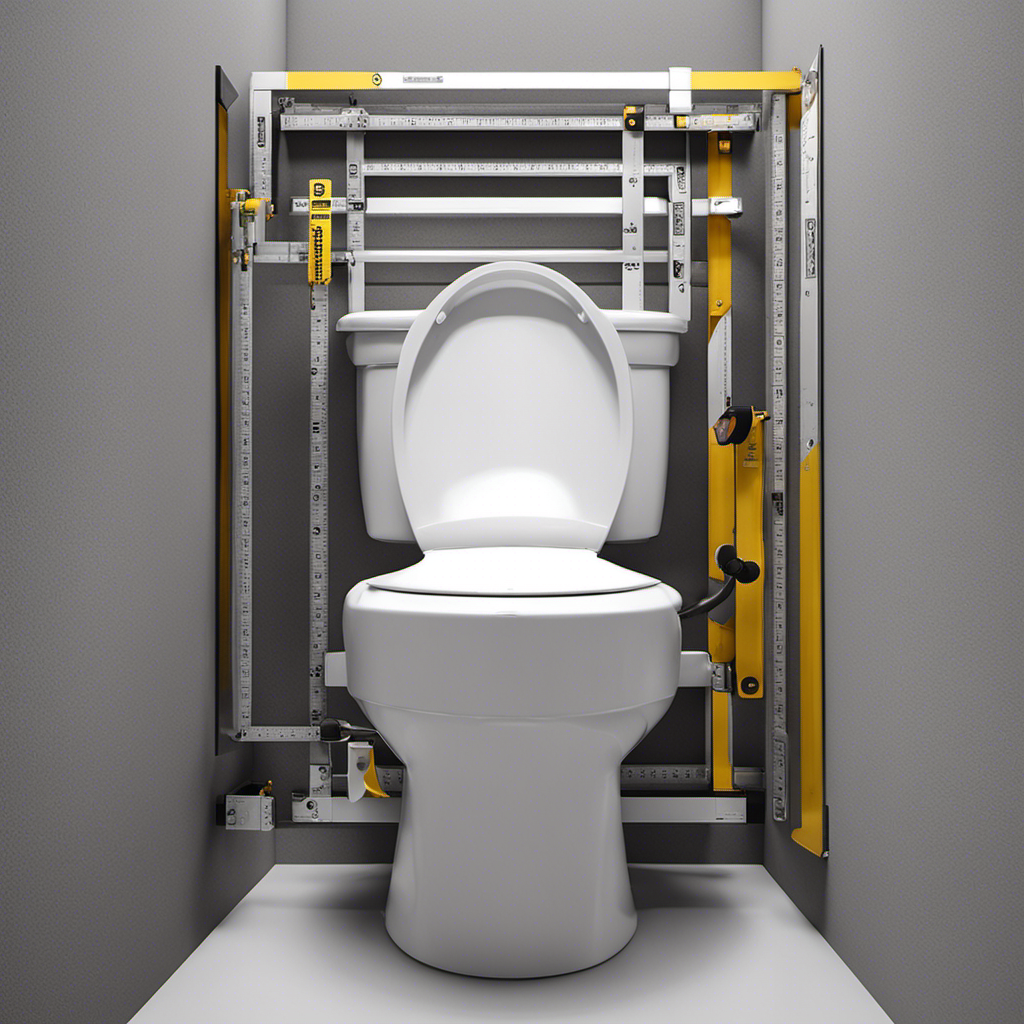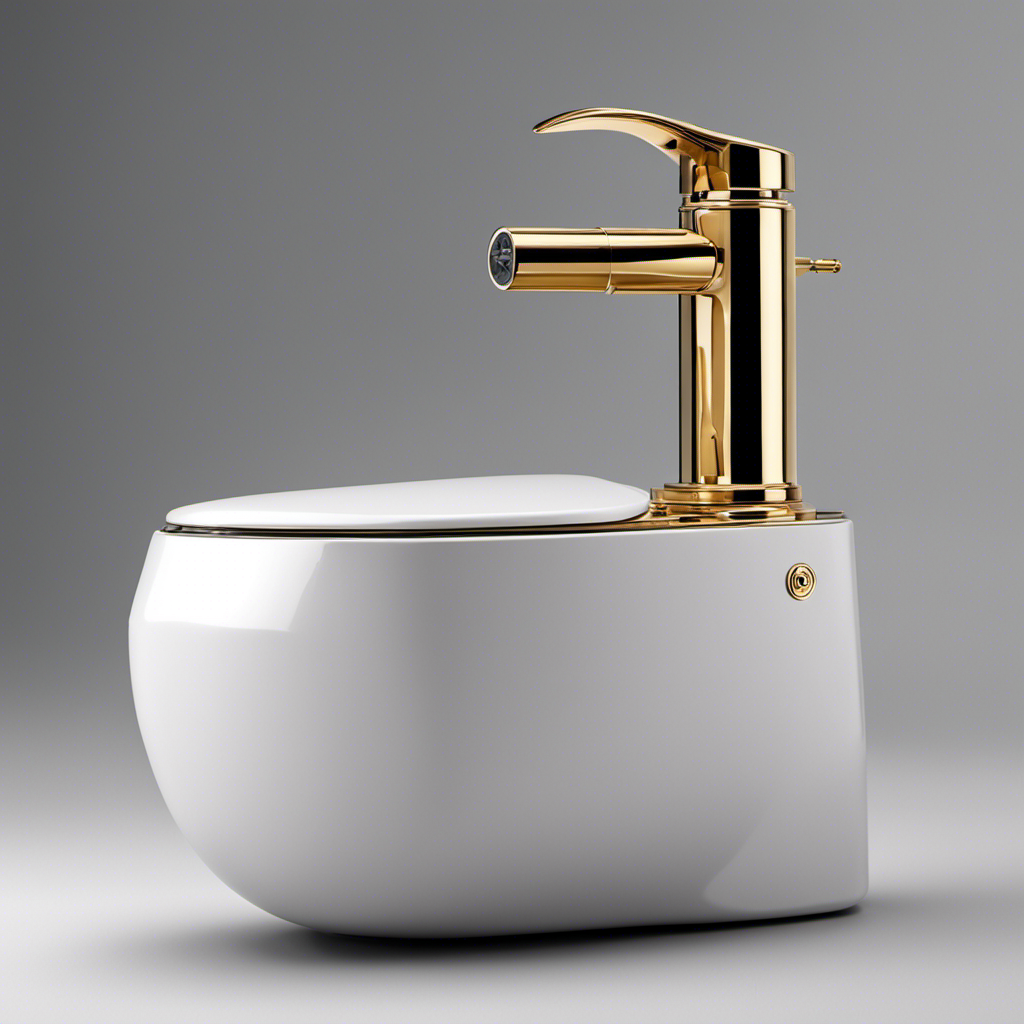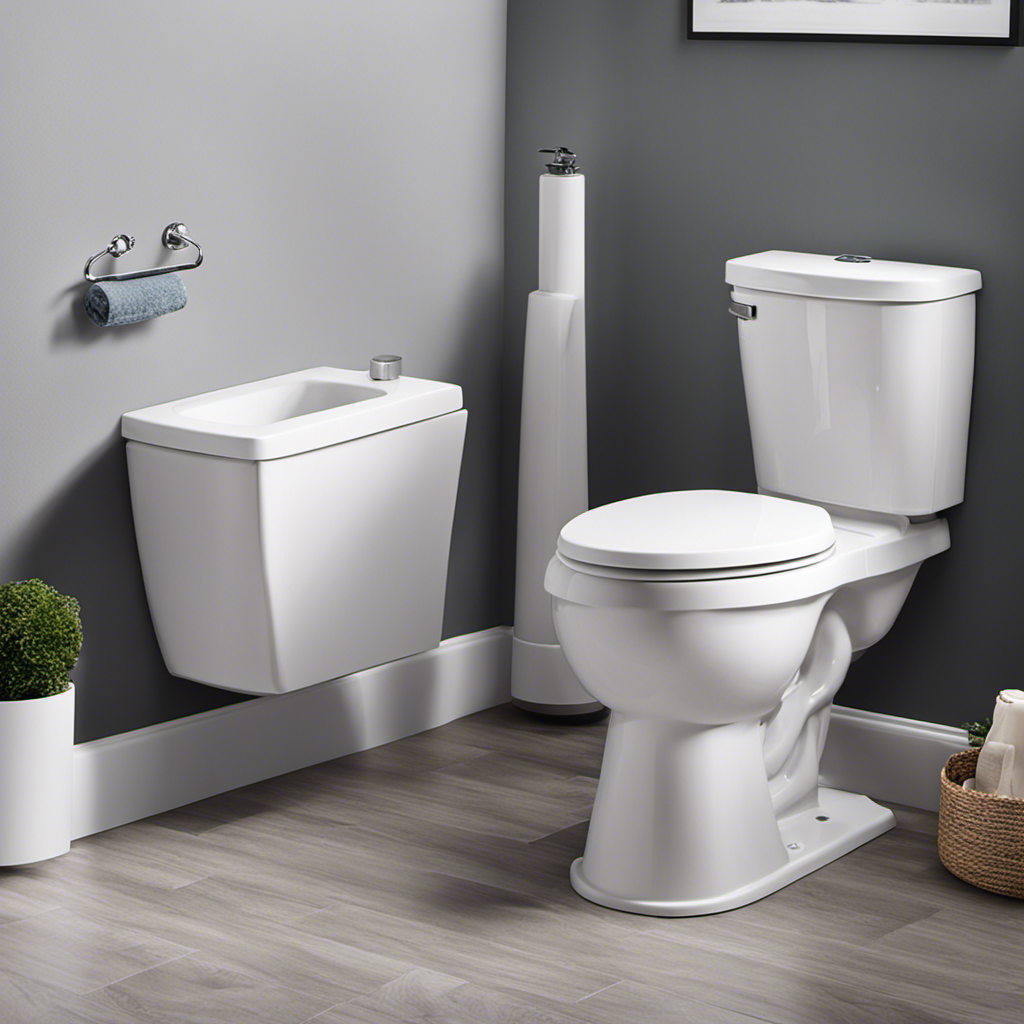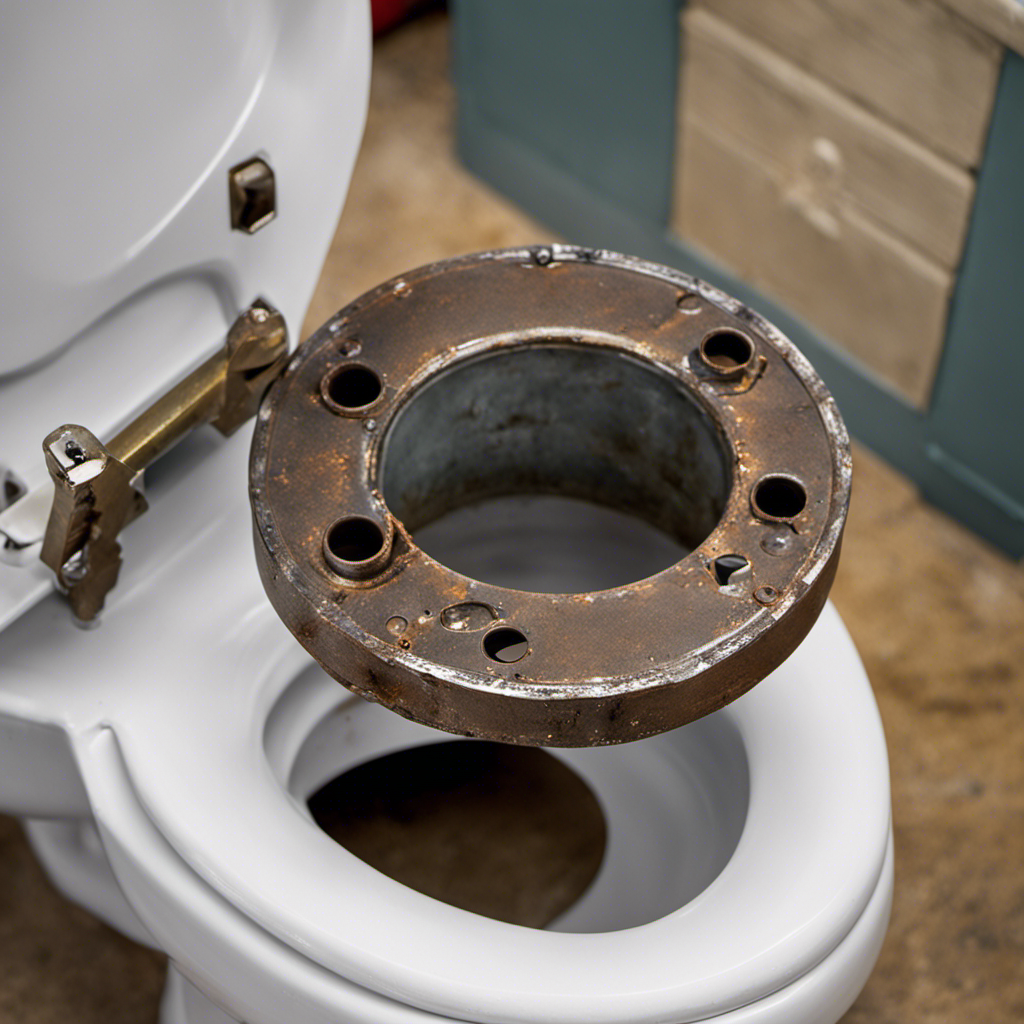When it comes to installing a toilet, one crucial step is measuring the rough-in. The rough-in measurement determines the distance between the wall and the center of the toilet’s drainpipe. Getting this measurement right is essential for a proper fit and functioning toilet.
In this guide, I’ll walk you through the process of measuring the rough-in, providing step-by-step instructions and troubleshooting tips along the way. Let’s dive in and ensure your toilet installation is a success.
Key Takeaways
- Accurate rough-in measurement is crucial for proper fit and functioning of the toilet.
- Common mistakes during installation often result from inaccurate measurements.
- Troubleshooting and adjusting rough-in measurements can prevent future problems with the toilet installation.
- Using a level, considering baseboard thickness, and accounting for irregularities in walls or floors are essential for achieving precise measurements.
Understanding the Rough-in Measurement
Understanding the rough-in measurement is crucial when installing a toilet. Common mistakes during installation often stem from inaccurate measurements. A precise rough-in measurement ensures that the toilet fits perfectly in the designated space, preventing any future issues.
The rough-in measurement refers to the distance between the wall and the center of the toilet’s flange, which connects to the waste pipe. Accurate measurements are important because if the rough-in measurement is too short or too long, it can lead to problems with the toilet’s alignment, stability, and proper functioning.
To measure the rough-in, you will need a tape measure, level, and pencil. With these tools, you can accurately determine the rough-in measurement and proceed with the installation process smoothly.
Tools Needed for Measuring Rough in
You’ll need a measuring tape and a pencil to mark the rough in for your toilet. The measuring tape will help you determine the distance between the wall and the center of the toilet flange, ensuring a proper fit. The toilet flange is the connection point between the toilet and the drainpipe. It is important to measure accurately to avoid any issues with the installation. Here is a table to help you understand the rough-in measurement:
| Measurement | Distance |
|---|---|
| A | Wall to Flange |
| B | Center to Flange |
| C | Total Rough-in |
By using the measuring tape, you can measure the distance A from the wall to the center of the toilet flange. Then, measure the distance B from the center of the flange to the back wall. Add these two measurements together to get the total rough-in measurement, C.
With these tools and measurements, you can ensure a precise and accurate rough-in for your toilet.
Step-by-Step Guide to Measure the Rough in
To get started, grab your measuring tape and pencil for marking.
Then, measure the distance from the wall to the center of the toilet flange. This measurement is crucial for determining the rough-in size, which refers to the distance between the wall and the center of the drainpipe.
One of the most common mistakes people make is measuring from the base of the toilet instead of the flange. This can lead to inaccurate measurements and ultimately result in a toilet that doesn’t fit properly.
Another mistake to avoid is not accounting for baseboards or other obstacles that may affect the placement of the toilet. If you encounter any obstacles, you can use alternative methods such as using a spacer to adjust the rough-in size.
Troubleshooting Common Rough-in Measurement Issues
If you’re encountering issues with the rough-in measurement, double-check your measurements and ensure that you’ve accounted for any potential obstacles in the bathroom. Common mistakes in rough-in measurements can lead to improper toilet installations and costly repairs down the line.
One of the most common mistakes is not accounting for irregularities in the rough-in measurements. These irregularities can include walls that are not perfectly straight or floors that are not level. To adjust for these irregularities, it’s important to measure from different points to find the average rough-in measurement.
Additionally, using shims or adjusting the flange height can help compensate for any variations in the rough-in measurement. Taking the time to accurately measure and adjust for irregularities will ensure a proper and secure toilet installation.
Tips for Accurate Rough-in Measurements
When taking measurements for your bathroom installation, make sure to account for any irregularities in the walls or floors to ensure accurate rough-in measurements. Adjusting rough-in measurements is crucial to avoid common mistakes that can lead to costly rework or improper toilet installation.
Here are three important tips to help you achieve precise rough-in measurements:
-
Use a level: Before measuring, ensure that the floor and walls are level. Uneven surfaces can affect the accuracy of your measurements, resulting in toilet misalignment. Use a level to identify any slopes or unevenness that may require adjustments.
-
Consider baseboard thickness: If your bathroom has baseboards, remember to include their thickness in your measurements. Failure to account for this can lead to incorrect rough-in measurements and difficulties during installation.
-
Measure from the finished wall: When measuring for the rough-in, always start from the finished wall, not the baseboard or any other trim. This ensures that your measurements are precise and reflect the exact positioning of the toilet.
Frequently Asked Questions
Can I Use a Regular Measuring Tape to Measure the Rough-In for a Toilet?
Yes, you can use a regular measuring tape to measure the rough-in for a toilet. However, for better measuring accuracy, alternative tools like a toilet rough-in gauge or a plumber’s measuring stick may be more suitable.
Are There Any Specific Regulations or Building Codes Regarding Rough-In Measurements for Toilets?
Building code requirements for rough-in measurements ensure proper installation of toilets. It’s crucial to measure accurately to avoid common mistakes. Following guidelines and using appropriate tools will ensure a successful installation.
How Do I Know if the Rough-In Measurement I Have Taken Is Correct?
To ensure the accuracy of the rough-in measurement for a toilet, I follow a step-by-step process. I measure from the finished wall to the center of the closet flange and make adjustments as needed.
Can I Install a Toilet With a Different Rough-In Measurement Than What My Bathroom Currently Has?
Yes, you can install a toilet with a different rough-in measurement than what your bathroom currently has. However, it may require adjustments to the plumbing or using different toilet options to ensure a proper fit.
What Should I Do if I Encounter Obstacles or Obstructions During the Rough-In Measurement Process?
If I encounter obstacles or obstructions during the rough-in measurement process, I will handle them by using alternative measurement methods. This ensures accurate measurements for the toilet’s rough-in and allows for proper installation.
Conclusion
In conclusion, properly measuring the rough-in for a toilet is crucial for a successful installation. By following the step-by-step guide and using the necessary tools, you can ensure accurate measurements and avoid common issues.
Interestingly, did you know that according to a study conducted by the National Association of Home Builders, the average lifespan of a toilet is approximately 50 years? This statistic highlights the importance of getting the rough-in measurement right, as it will contribute to the longevity and functionality of your toilet.
So, take the time to measure carefully and enjoy a well-installed toilet for decades to come.










